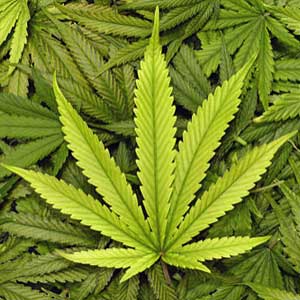 Broader acceptance of medical cannabis use increases the need for analytical methods capable of determining the active compounds of cannabis as well as for methods to detect contaminations, such as pesticide residues, mycotoxins and traces of organic solvents. Cannabinoids are a class of terpenophenolic compounds that are associated with the pharmacological activity of cannabis. Cannabinoids exist in the plant mainly as carboxylic acids that are not physiologically active. They are converted to neutral analogs by light and heat while in storage or during the preparation of edible products. Acids are also converted to neutral analogs during GC analysis, which often causes differences in results when comparing with HPLC methods.
Broader acceptance of medical cannabis use increases the need for analytical methods capable of determining the active compounds of cannabis as well as for methods to detect contaminations, such as pesticide residues, mycotoxins and traces of organic solvents. Cannabinoids are a class of terpenophenolic compounds that are associated with the pharmacological activity of cannabis. Cannabinoids exist in the plant mainly as carboxylic acids that are not physiologically active. They are converted to neutral analogs by light and heat while in storage or during the preparation of edible products. Acids are also converted to neutral analogs during GC analysis, which often causes differences in results when comparing with HPLC methods.
We developed a new post-column derivatization method to analyze cannabinoids in cannabis plants as well as in cannabis-containing edible products. This post-column method is based on reaction with Fast Blue Salt reagent under basic conditions, a well-known color-forming reaction that is used in drug tests to detect cannabinoids via test-tube methods and thin-layer chromatography. Detection at 475 nm is performed using a UV/Vis detector.
Our method implements a simple extraction with acidified water/acetonitrile followed by QuEChERS sample clean-up. The same procedure is applicable to both plant materials and edible products containing cannabis. The method is suitable for analysis of the major neutral cannabinoids such as THC, CBD, CBN and CBG as well cannabinoid acids THCA-A and CBDA with high sensitivity and selectivity of detection.

